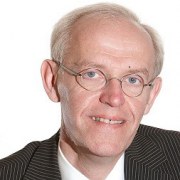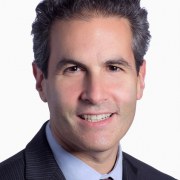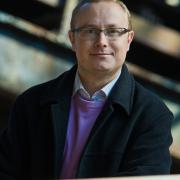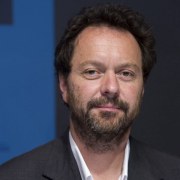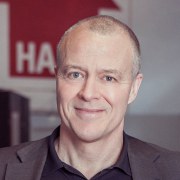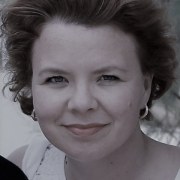A new science centre: from vision to strategy to reality
Find this session's presentations here.
Setting up a science centre is a challenging and complex task, requiring amongst others vision, money and determination.
After drawing up the strategy, critical conditions have to be met, convincing stakeholders, tackling all sorts of problems and making sure relevance and sustainability are translated into a good operational plan. After opening the real challenge begins: operating the centre sustainably for our environment, for our audiences, financially...
This session brings together a diversity of recently opened science centres and museums: projects from Europe, the Middle East and North America, large and medium sized, a first in their region, a government or private initiative …
Presenters openly explain their strategy for setting up the science centre and how well it was put into practice. They share their experiences before and after opening, talk about the financial model, reveal their strategy to keep their centre alive in the years to come and how to prevent it from becoming a dinosaur…
Facilitator
Science Popularisation Collaborative
Session speakers
What started 30 years ago as a travelling science show from the back of a van, has grown to the largest science centre in Atlantic Canada. The team has just completed a new, state-of-the art Discovery Centre in Nova Scotia offering five marquee galleries as well as a huge new Travelling Exhibit Gallery, Innovation Lab and an Immersive Dome Theatre. This presentation will reveal the secret recipe to building a new Discovery Centre on time, on budget, and on mission!
Frost Museum of Science (Miami - USA)
After several years of preparation and hard work the Frost Museum of Science (Miami, USA) opened its doors in spring this year. President Frank Steslow will comment on the strategy behind this initiative and how well this has been realised after all. He will share both the successes and the pitfalls encountered in the preparation and the months since the opening.
Chancellor of the University of Sharjah
Sharjah Center of Astronomy and Space Sciences (UAE)
Sharjah
United Arab Emirates
It was the vision and strategy of HH. Dr. Sheikh Sultan Bin Mohammed Al Qasimi to set up the Sharjah Center of Astronomy and Space Sciences (SCASS) in connection with the University City of Sharjah. Prof. Al Naimiy will comment on the realization of the initial strategy and reveal the challenges of the combination of 4 elements (interactive center, planetarium, research, location in the university) into 1 successful initiative and explain the lessons learned both before and after the opening.
Dolní oblast VITKOVICE / SVĚT TECHNIKY
Ostrava Science and Technology Center can be considered as the science communication hub for the eastern part of the Czech Republic. The strategy and its location (an old industrial site) shows a combination of vision on the future with respect for the past. Turning this into a successful 'marriage' (within time and budget!) was a true challenge. This presentation will give an insight in the strategy of this new center and its outcomes: mistakes made, missed opportunities, good practices.
Text contribution to be added
Experimentarium has 26 years of experience as a science center. In 2008 the premises were acquired with support of private foundations and dreaming about the future in a rebuilt larger building with new facilities started. It was a marathon with high mountains and deep gaps. The last 8 years required confidence, courage, perseverance, flexibility, luck and support of the community. The journey was not the one planned years ago. In retrospect, there are wounds and grazes that could have been avoided. In this contribution the best and worst practices are for the audience’s eyes and minds


